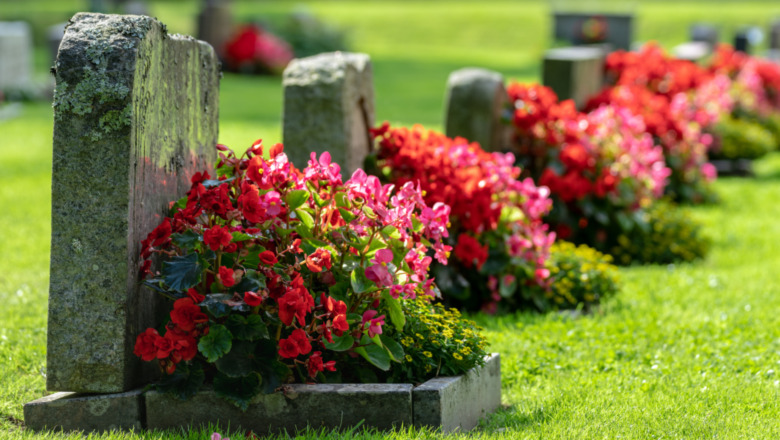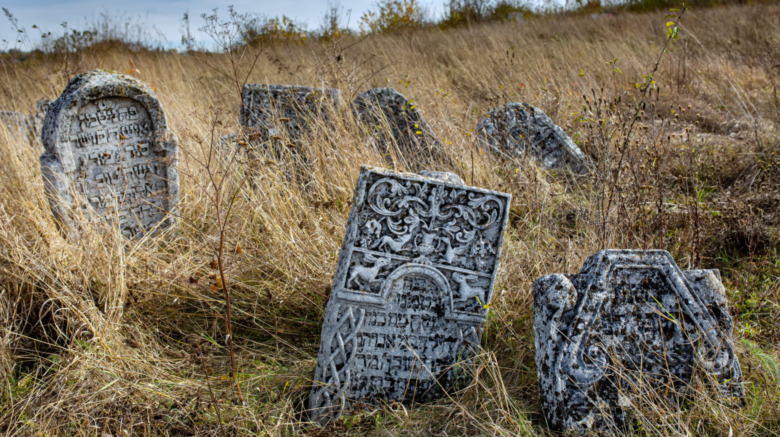Here's Why Some Dead Bodies Don't Decay
Like death, aging is an inevitable part of life that all creatures — from reptiles and insects to humans — inevitably experience. As each year passes, cells slowly decline in their function and ultimately make way for the end of their lifespan. But while the decomposition of cells continues even in death for many bodies, some are resilient to the process of decay.
The secret to dead bodies that remain intact after death is corpse wax, per Gizmodo. Unlike bodies that succumb to the natural process of decay and become fodder for bacteria that ultimately leave nothing, corpse wax — a thick, white substance — grows outward from some bodies and preserves them by shielding them from the natural catalysts of decomposition.
The less creepy term for corpse wax is adipocere. According to Atlas Obscura, the substance was first discovered on the remains of children by French scientists who were excavating Paris' Cemetery of Innocents. The formal scientific name came from the Latin words for fat (adeps) and wax (cere).
Corpse wax grows in the presence of moisture
The waxy substance is most likely to form in damp, warm, and alkaline environments when water comes into contact with the soft fatty tissue of the corpse. This kickstarts hydrogenation, which Lumen Learning explains is what occurs when pairs of hydrogen atoms are attached to compounds. Per Gizmodo, this chemical reaction makes the fatty cells of the corpse harder, which ultimately creates a firm coating around the body to preserve it.
The adipocere that encases corpses can preserve bones and help researchers. In one case, the wax was able to preserve cherry pits in a corpse's stomach, which was able to provide information about the person's diet that would have been lost to time were it not for the preservation of the stomach and intestines.
When corpse wax encases an entire body, Atlas Obscura claimed that it creates a soap mummy. Soap Lady and the Soap Man are two of the most renowned soap mummies; they were created when water accidentally leaked into their caskets, acting as a catalyst for the formation of adipocere. Discovered in Philadelphia in 1875, the two corpses exemplify the unique nature of soap mummification, which continues to be the subject of scientific research.

